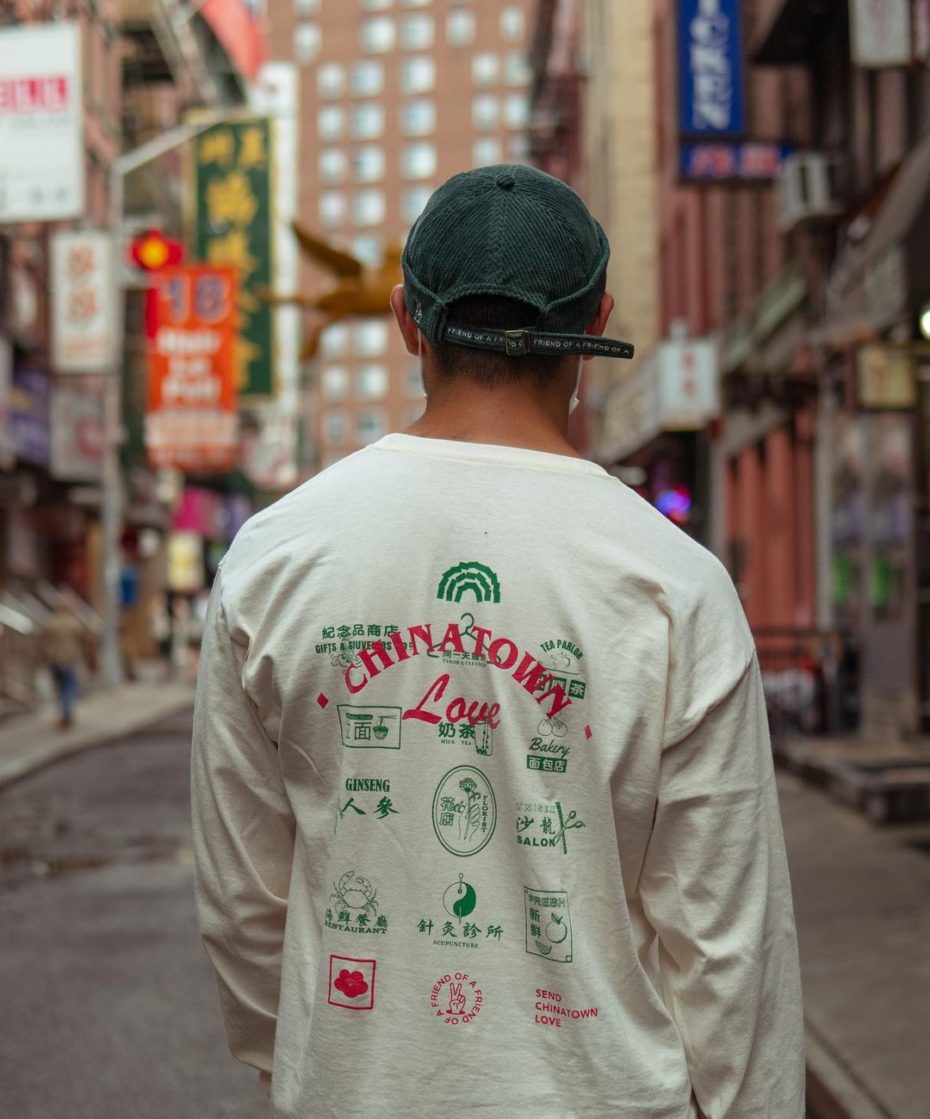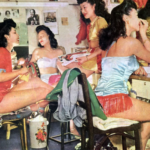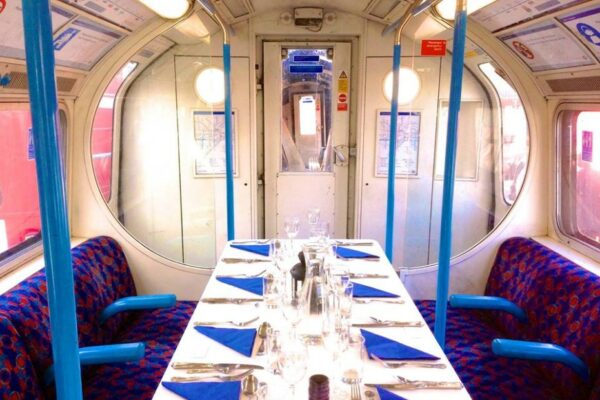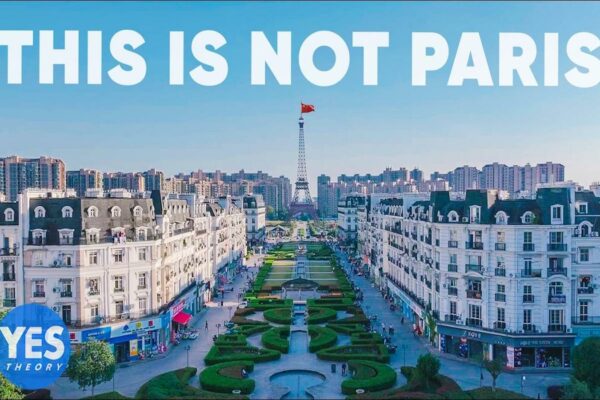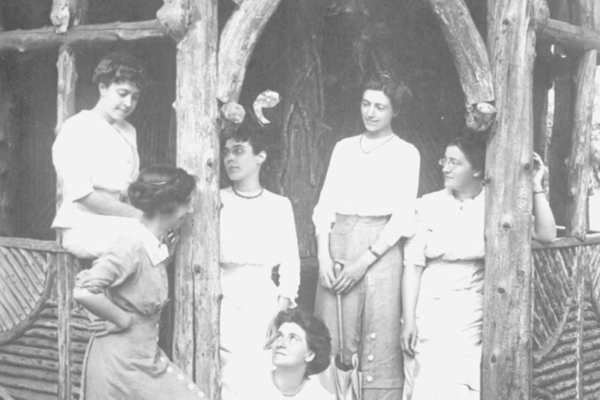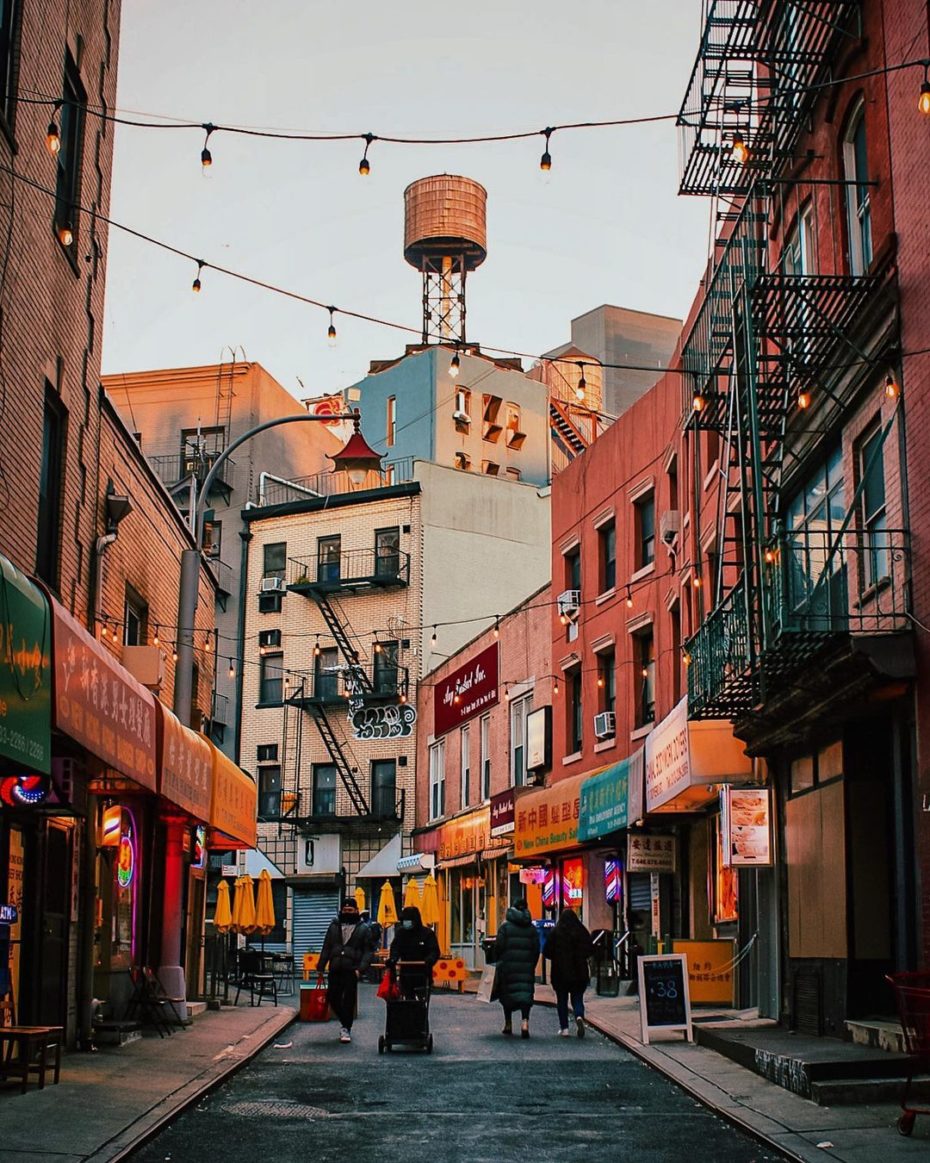
Chinatown’s story is best told through taste. “I regularly go to a tea emporium called Sun’s Organic Garden Chinatown,” local Justin McKibben tells us by phone, “The owner, Natalie, is so sweet and knows so much. Just tell her what you like – or think you like.” It’s kind of like building a relationship with a barber, he says of the way she can “find the perfect blend for each person” in an experience that’s utterly, wonderfully Chinatown. McKibben should know. He’s not only a proud local, but the founder of “Send Chinatown Love” (SCL), an organisation that’s been supporting Chinatown vendors with direct relief and aid during Covid. It’s deliciously easy to get into a bookmarking frenzy on SCL’s Instagram, where crispy duck and mooncake recommendations are interwoven with the stories of Chinatown voices. With second and third-wave lockdowns looming, we thought you’d like to join us on a stroll through this iconic NYC neighbourhood, with none other than McKibben as our trusty guide…
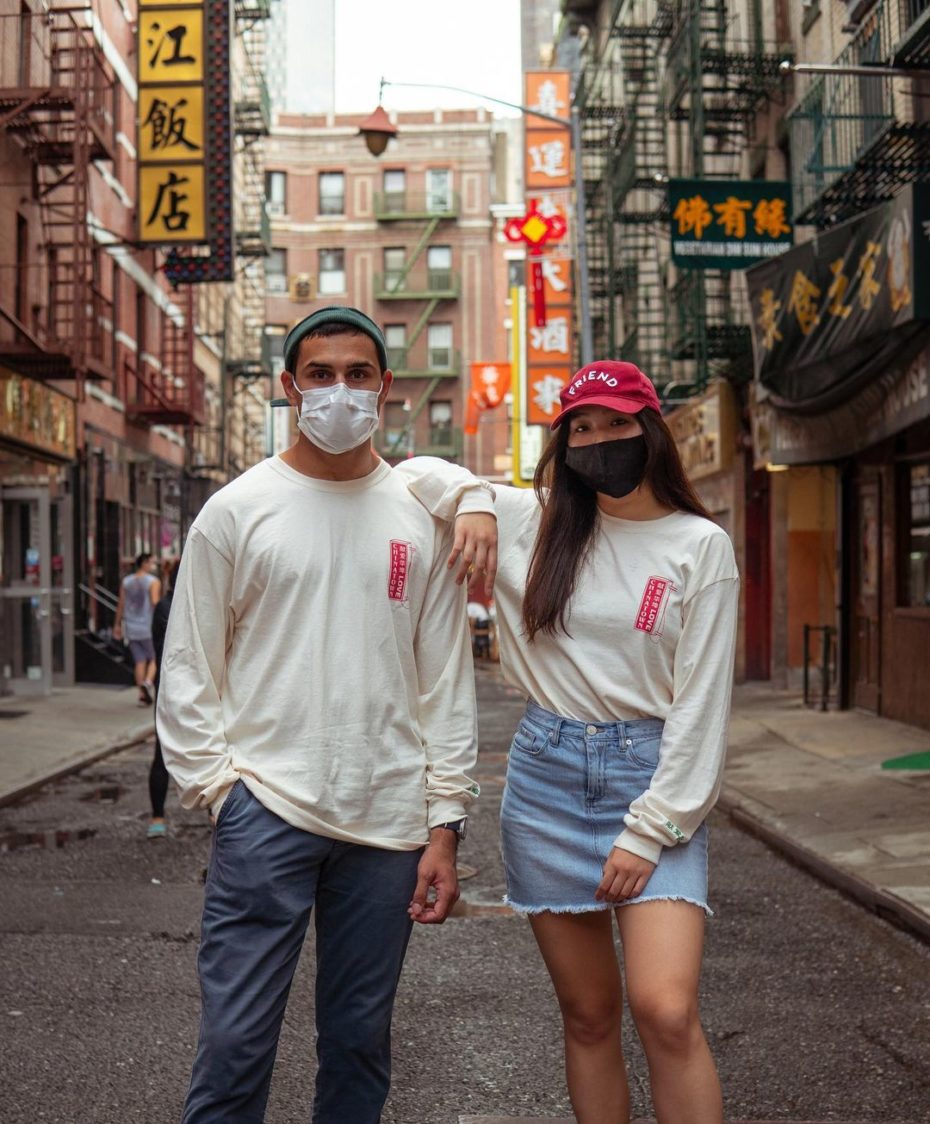
“First, I’d walk to my corner store on Essex and East Broadway and pick up some fresh juice,” says McKibben, 28, on what his perfect day in Chinatown would look like, “I always get fresh ginger, carrot, greens and apple. Then I’d pick up groceries.” He would head to 47 Division St. for meats, Chinatown Supermarket of Manhattan for “fish or any veggies or fruits,” and of course Sun’s Organic Garden, where the young owner, Natalie, dispenses her wealth of tea and cultural wellness knowledge.
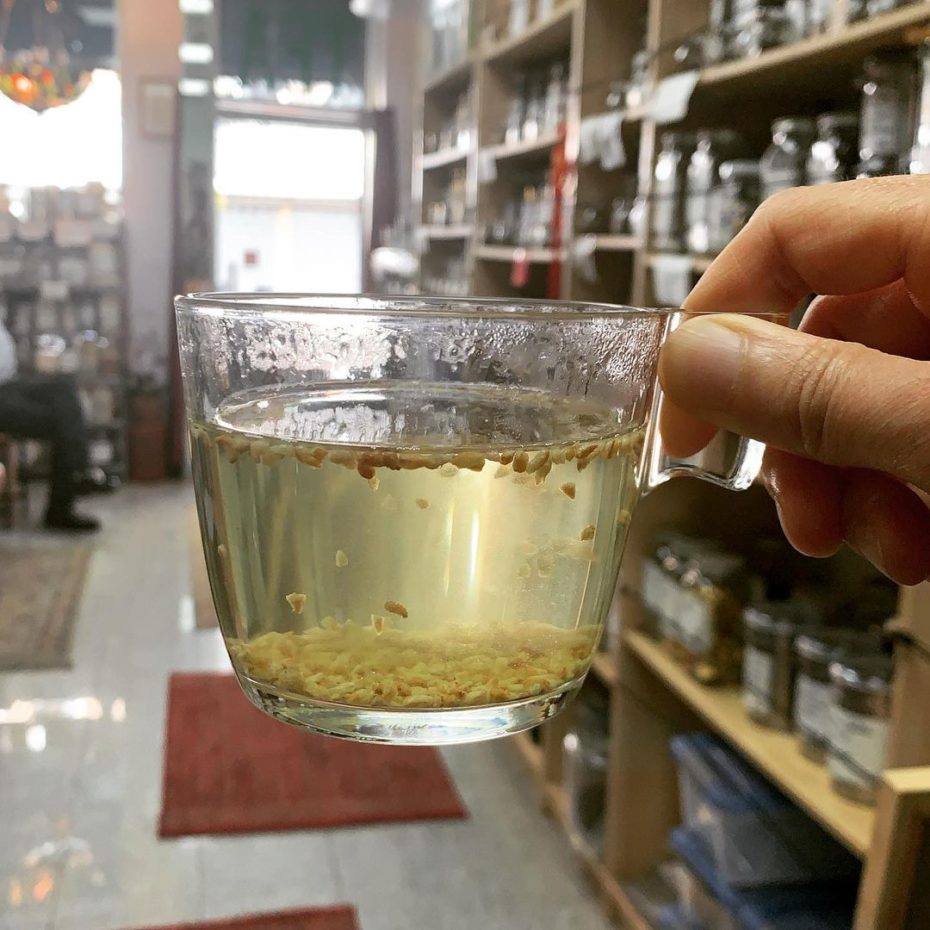
But above all, Justin loves “walking around, and exploring. Seeing what’s going on” in the cobblestone streets of a neighbourhood that’s merely two square miles, but is home to the largest Chinese population in the Western Hemisphere – and the guardian of many juicy stories.
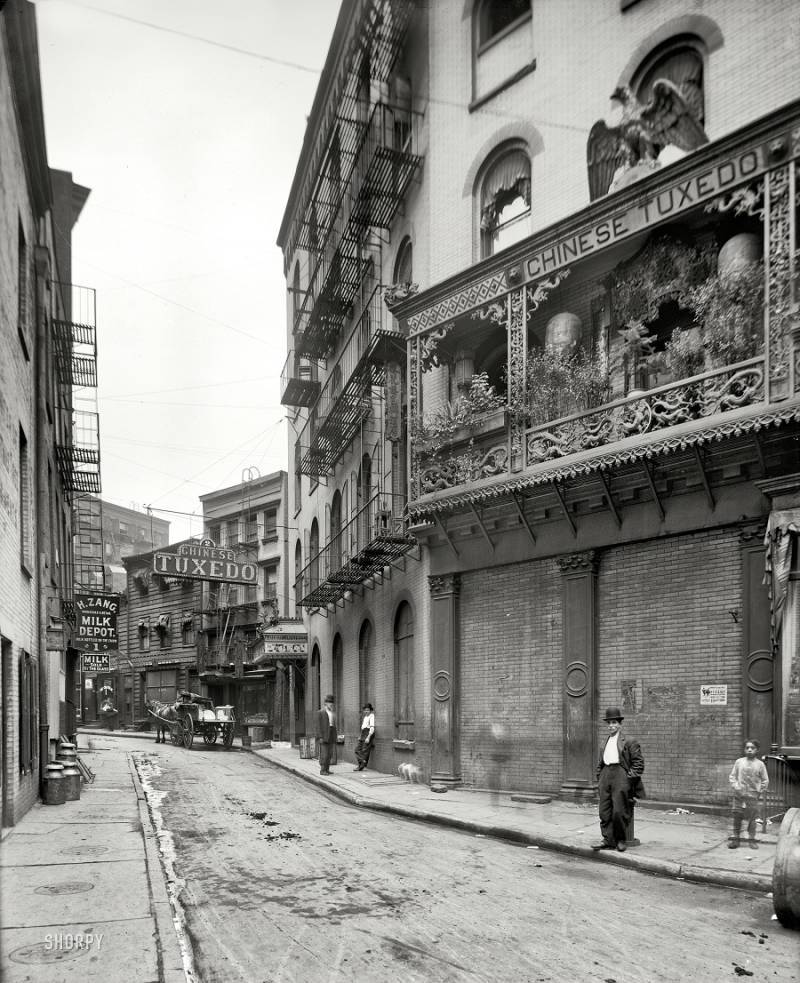
Did you know that Chinatown Fair is one of the last classic arcade halls in the world? Or that the time capsule Nom Wah Tea Parlor was once a watering hole for (amongst many others) 1920s Tong Gang members? The legendary dim sum spot is located on Doyers Street, and still carries the same charm today. If only these cobblestone streets could talk, you might wonder. Well, they can. Get to know your vendors!
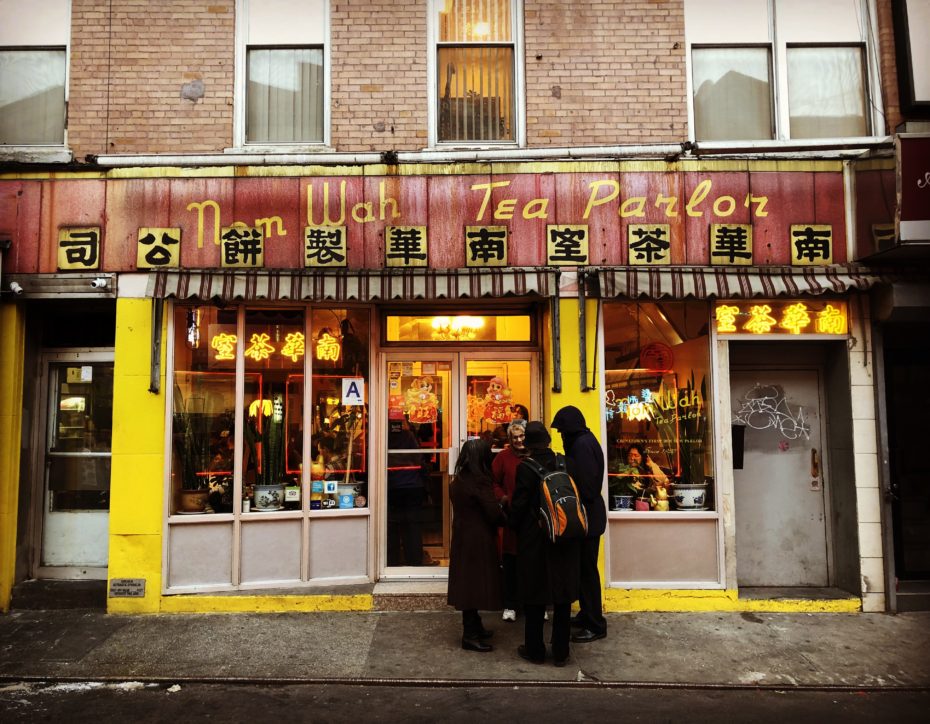
Chinatown was one of the hardest hit New York neighbourhoods and continues to struggle ever since coronavirus fears first began circulating in the United States in late January 2020. “Rumours swirled about the virus being present in Chinatown, and as xenophobia grew, restaurants’ revenue steeply declined,” says McKibben on his website, “Without the regular volume of customers and foot traffic in Chinatown, the future of its many small, immigrant-owned businesses seemed bleak”.
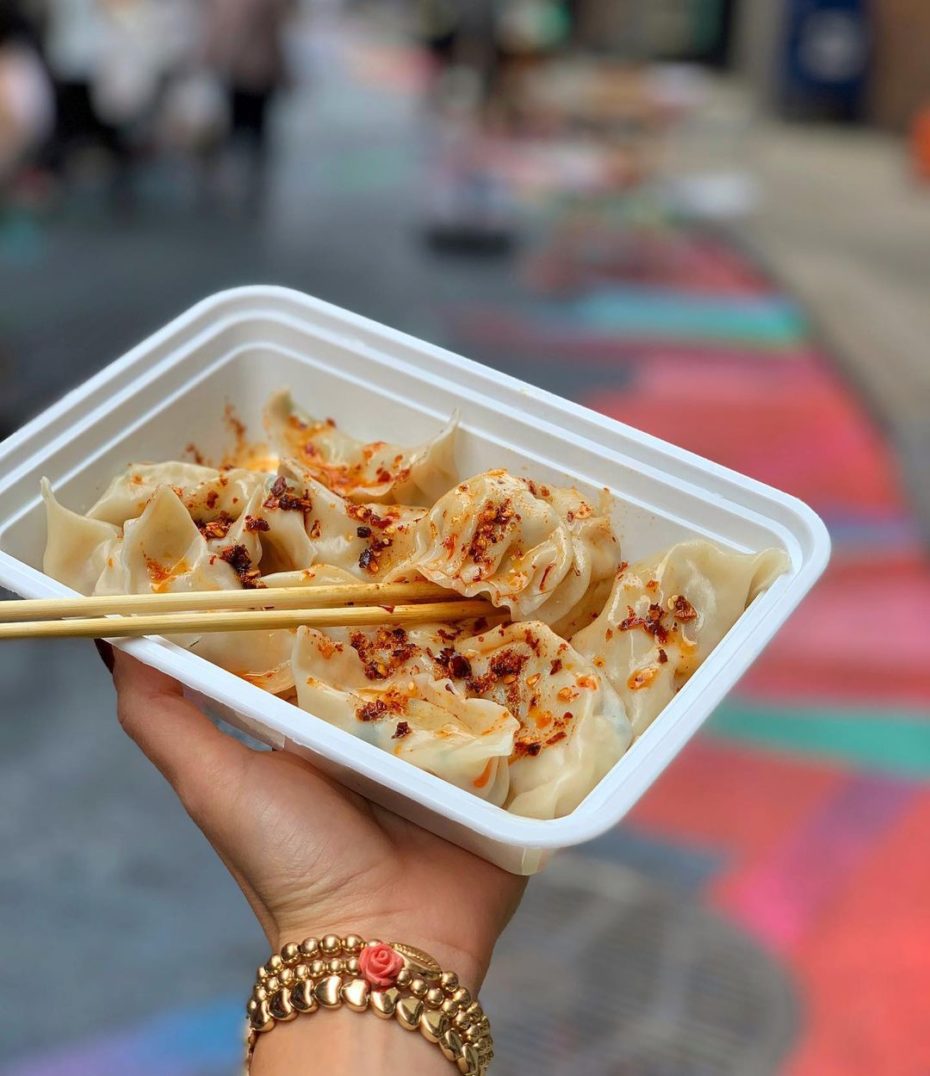
That’s where the SCL family comes in (we should note: they also cover Chinese vendors in the vibrant Flushing area, too). Dozens of volunteers keep the organisational wheels raising funds, updating menus, and rejigging publicity for new and storied merchants alike, from the legendary Lan Zhou hand-pulled noodle house, to newcomers like Dreamers Coffee House on Henry Street.
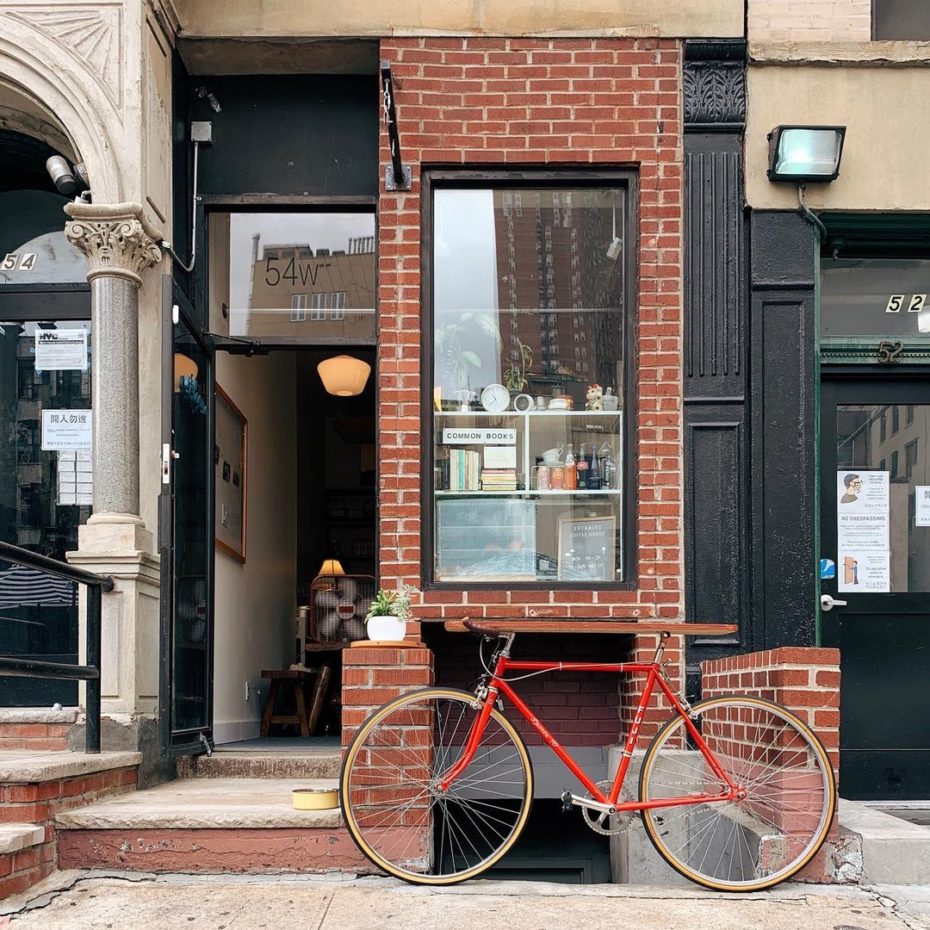
“I definitely got closer to shops and vendors I didn’t know,” says McKibben, who simply wanted to create an initiative to support his neighbourhood during the pandemic. “Before it was just me finding these underground shops and whatnot … but I didn’t know the business owners back then. I’ve gotten to know the backstory of these places, and it’s made the experience all the richer.”
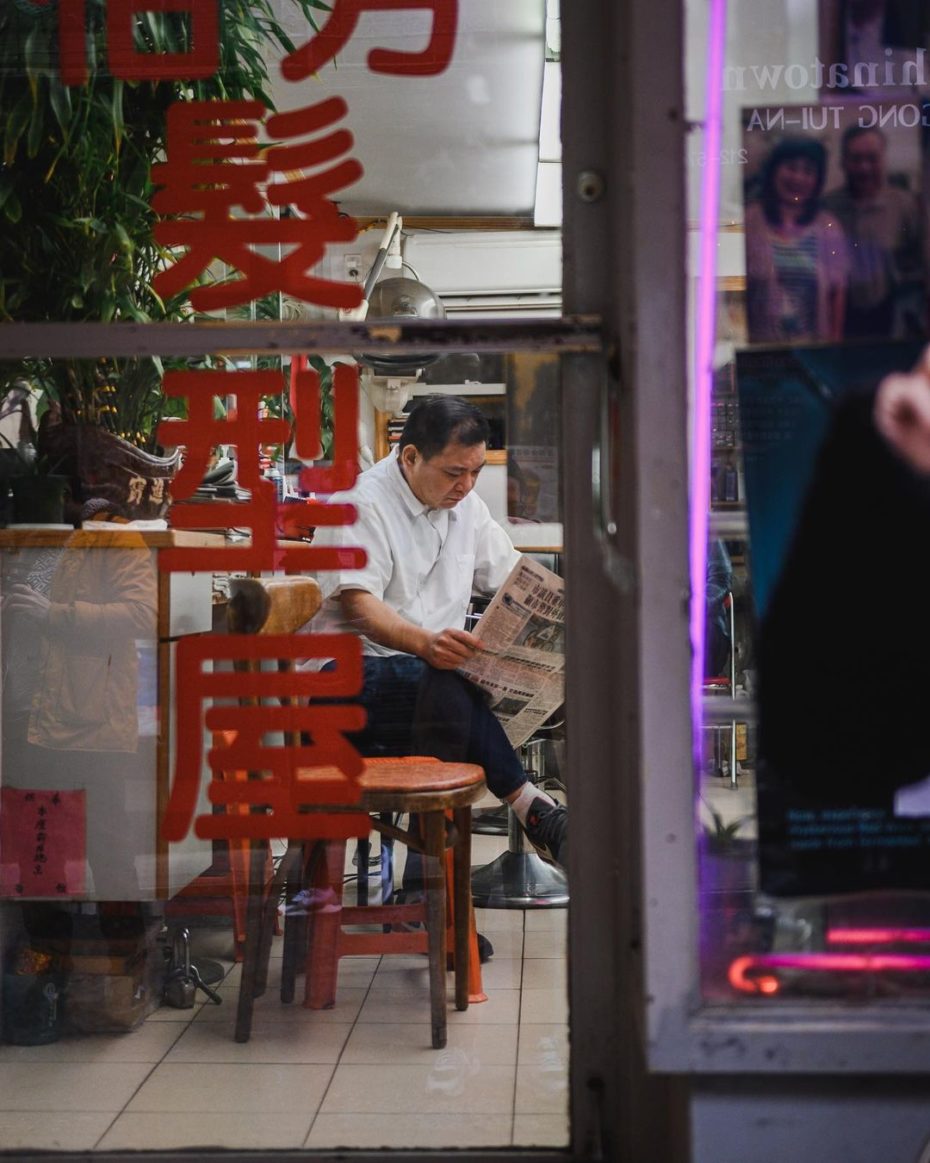
SCL’s digital presence is like a living index of the area, profiling locals with charming little illustrations of their businesses, needs, and specialties. You could say that McKibben, who is also of Chinese and Vietnamese descent, is helping bring Chinatown online. He often acts as a linguistic and cultural bridge between old school vendors and the far-reaching, smartphone-oriented Millennial audience the org’s instagram account reaches on social media. He’s also involved in the Light Up Chinatown project, whose proceeds go towards installing permanent light fixtures and traditional lanterns in the neighbourhood to draw customers back.
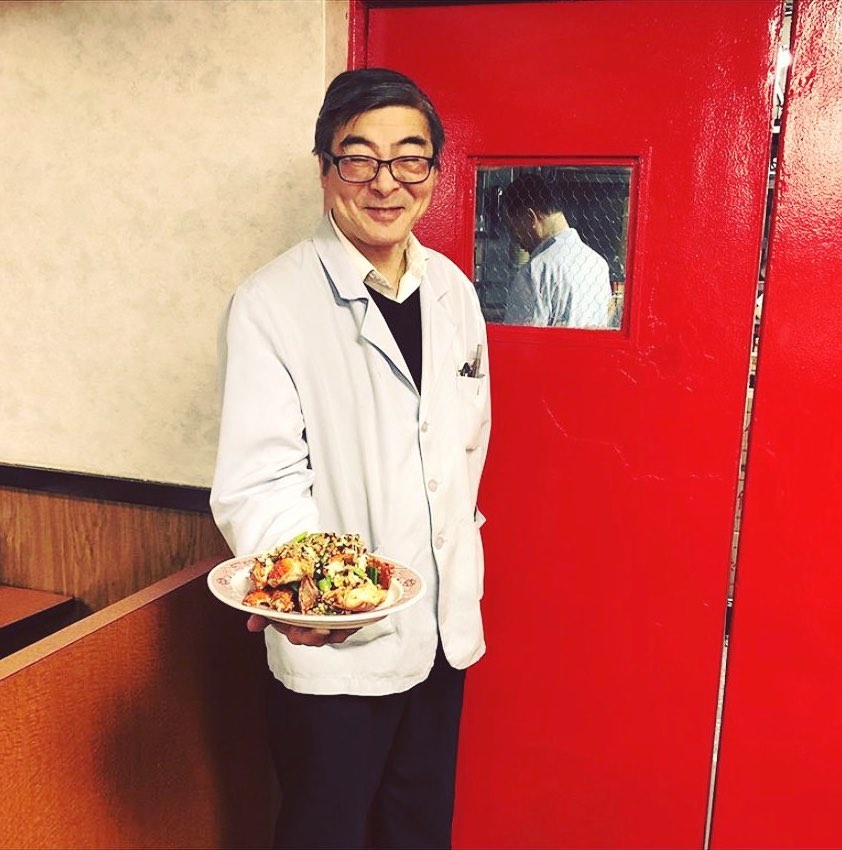
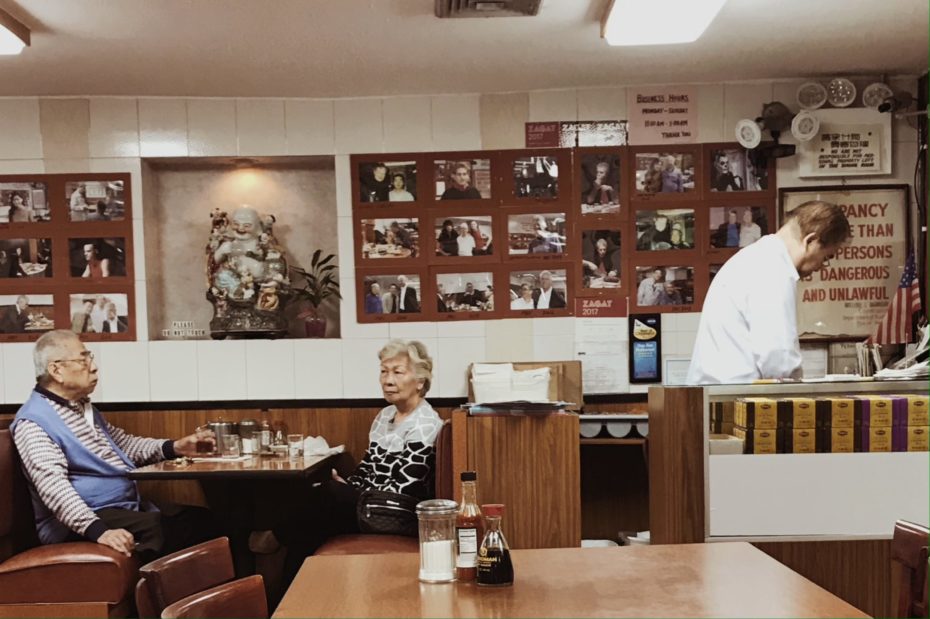
“I guess the thing we’re trying to do,” he says, “which is answer the question of, How would business owners of the older generation feel most comfortable receiving support? What can we do to create middle ground? SCL is that middle ground. The middle person who will withdraw the money and give it to vendors in cash, or go and talk to them in Chinese and build them a new website.”
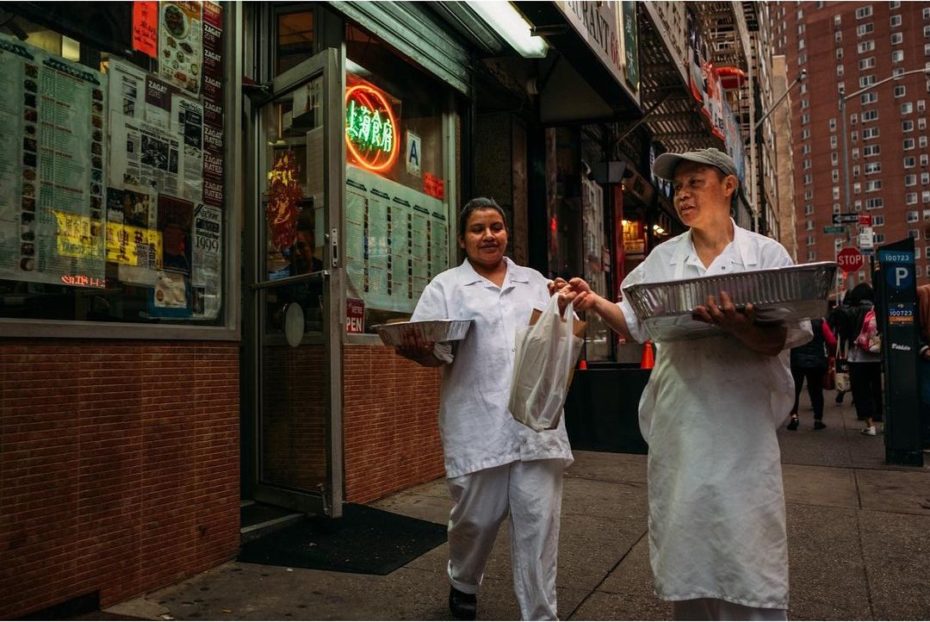
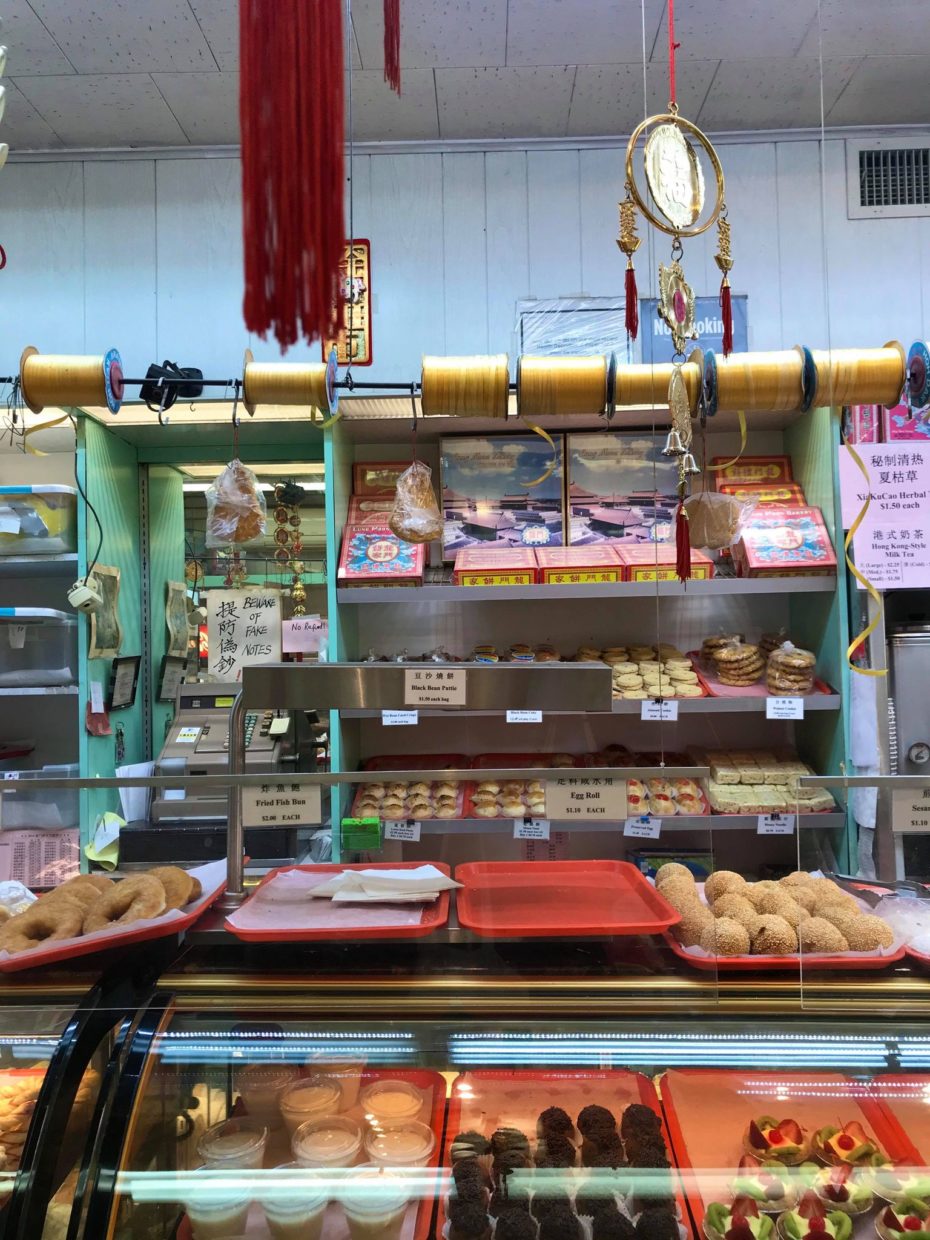
In a way, SCL has also taken the temperature of how this generation organizes on a grassroots level. “Something you’ll notice about our donations,” says McKibben, “is that they’re relatively small in size.” For one, SCL isn’t bound to the whims of a few select donors. “We actually raise lots of donations, anywhere from $5-$30,” he says.
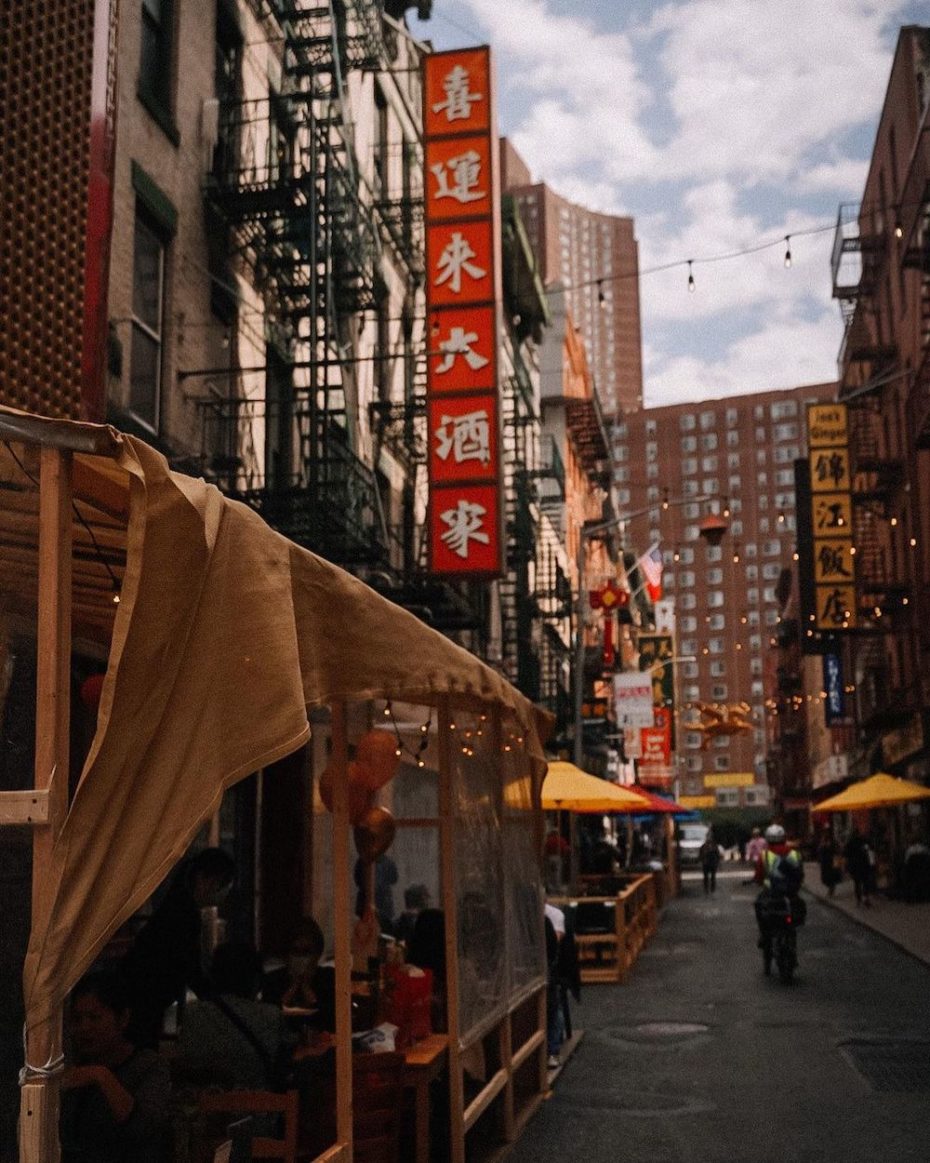
Why? “We’re a generation that isn’t donating in [sums] of tens of thousands of dollars, as opposed to traditional non-profits,” says McKibben. These days, it feels like so many young people are living gig-to-gig or else unemployed. But Send Chinatown Love, with its dozens of volunteers and wave of not a few thousand dollar donations, but thousands of donations of $5, reflects the kind of tenacity that inspires us, because it believes that every gesture makes a difference. It’s an organisation for the people, by the people – and there’s nothing more New York than that.
Learn more about how to support Send Chinatown Love here.
